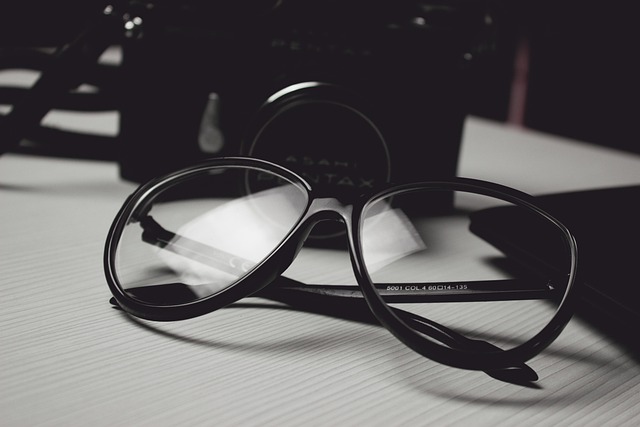Understanding Myopia: A Clear Guide to Signs and Management
Myopia, commonly known as nearsightedness, is a refractive error that affects millions of people worldwide. This condition occurs when the eye focuses light in front of the retina instead of directly on it, resulting in difficulty seeing distant objects clearly. As myopia rates continue to rise globally, it's crucial to understand its causes, symptoms, and management options.

What Is Myopia?
Myopia is a vision condition where close objects appear clear, but distant objects appear blurry. This happens because the eye’s shape causes light rays to focus in front of the retina rather than directly on it. The condition typically develops during childhood and can progress until early adulthood. Myopia can range from mild to severe, affecting daily activities such as driving, reading signs, or recognizing faces from afar.
Common Signs and Symptoms of Myopia
Recognizing the signs of myopia is crucial for early detection and management. Some common symptoms include:
-
Squinting or straining to see distant objects
-
Difficulty reading road signs or seeing clearly while driving
-
Sitting close to the television or holding books very close to read
-
Frequent headaches, especially after visual tasks
-
Eye rubbing or excessive blinking
-
Poor performance in school or sports due to visual difficulties
If you or your child experience these symptoms, it’s essential to consult an eye care professional for a comprehensive eye examination.
What Causes Myopia?
The exact cause of myopia is not fully understood, but several factors contribute to its development:
-
Genetics: A family history of myopia increases the likelihood of developing the condition.
-
Environmental factors: Increased screen time, prolonged near work, and lack of outdoor activities have been linked to myopia progression.
-
Eye structure: An elongated eyeball or a cornea that’s too curved can cause myopia.
-
Age: Myopia often develops during childhood and adolescence, progressing until early adulthood.
While some risk factors are unavoidable, certain lifestyle changes may help reduce the risk or slow the progression of myopia, particularly in children.
How Myopia Is Diagnosed
Diagnosing myopia involves a comprehensive eye examination performed by an optometrist or ophthalmologist. The process typically includes:
-
Visual acuity test: Reading an eye chart to measure distance vision
-
Refraction assessment: Determining the precise lens power needed to correct vision
-
Eye health evaluation: Examining the overall health of the eye
-
Cycloplegic refraction: For children, eye drops may be used to temporarily paralyze focusing muscles for a more accurate assessment
Regular eye exams are crucial, especially for children, to detect myopia early and monitor its progression. Early intervention can help manage the condition more effectively and potentially slow its advancement.
Managing Myopia Effectively
There are several options available for managing myopia, depending on the severity of the condition and individual needs:
-
Corrective lenses: Glasses and contact lenses are the most common and straightforward treatment for myopia. They help focus light directly on the retina, improving distance vision.
-
Orthokeratology (Ortho-K): This involves wearing specially designed contact lenses overnight to temporarily reshape the cornea, providing clear vision during the day without corrective lenses.
-
Atropine eye drops: Low-dose atropine has shown promise in slowing myopia progression in children, though it’s not yet widely available in all countries.
-
Multifocal contact lenses: These specialized lenses may help slow myopia progression in children while correcting vision.
-
Refractive surgery: Procedures like LASIK can permanently reshape the cornea to correct myopia in adults with stable prescriptions.
-
Lifestyle modifications: Increasing outdoor time, taking regular breaks during near work, and maintaining proper reading posture may help manage myopia, especially in children.
It’s important to note that while these treatments can correct vision or slow myopia progression, they don’t cure the underlying condition. Regular eye exams and follow-ups with eye care professionals are essential for ongoing management.
In conclusion, understanding myopia is crucial for early detection and effective management. By recognizing the signs and symptoms, understanding the causes, and exploring various treatment options, individuals with myopia can maintain clear vision and eye health. Regular eye examinations, especially for children, are key to catching and managing myopia early, potentially slowing its progression and reducing the risk of associated eye health issues in the future.
This article is for informational purposes only and should not be considered medical advice. Please consult a qualified healthcare professional for personalized guidance and treatment.




